-
KOSPI 2577.27 -2.21 -0.09%
-
KOSDAQ 722.52 -7.07 -0.97%
-
KOSPI200 341.49 +0.02 +0.01%
-
USD/KRW 1396 -2.00 0.14%
KAI to develop future aerial mobility, single-seat aircraft
Aerospace & Defense
KAI to develop future aerial mobility, single-seat aircraft
KAI aims to sell 23,000 AAVs worldwide by 2050; it targets over 50% market share in single-seat fighter jet market
By
Mar 08, 2024 (Gmt+09:00)
2
Min read
News+

Korea Aerospace Industries Ltd. (KAI), the country’s sole military aircraft manufacturer, plans to develop future aerial mobility to secure a new growth driver. It is also developing a single-seat model of its light fighter jet to increase its share of that market.
KAI said on Friday its board of directors has decided to invest 90.9 billion won ($68.8 million) in the development of an autonomous aerial vehicle (AAV) and a single-seat version of its FA-50 light fighter jet, which have been exported to Poland and Malaysia.
“We have paved the way for future businesses with the key sector’s successes such as record sales last year,” said KAI CEO Kang Goo-young. “We aim to increase investments in future businesses to dominate the future aerospace industry.”
The manufacturer of the country’s first homegrown supersonic fighter jet KF-21 reported its largest-ever sales of 3.8 trillion won on a consolidated basis in 2023, up 37% from the previous year, thanks to the FA-50 exports to Poland. Its net profit also nearly doubled to 221.8 billion won, the largest since 2016 with operating profit up 75%.
AUTONOMOUS AERIAL VEHICLE
KAI, which plans to invest 150 billion won in the AAV development, set aside 55.3 billion won in 2024-2025 for the first phase of the AAV to work on basic and detailed designs based on the shape of its own model and demonstrate key technologies such as distributed electric propulsion and flight control.
In the second phase, KAI is set to complete the vehicle manufacturing and test flights by 2028. The company aims to secure approval from South Korea and the US Federal Aviation Administration by 2031 to commercialize the AAA.
KAI unveiled a goal to develop a homegrown standard AAV platform with South Korea’s space agency based on the company’s AAV technology demonstrator for the commercialization of a model for both civilian and military use.
The company aims to sell 23,000 units of the AAV at home and abroad by 2050.
SINGLE-SEAT FA-50
KAI is slated to invest 35.6 billion won to develop a single-seat version of the FA-50 to meet growing demand for such a model in the global multirole combat aircraft industry and create new markets by expanding product portfolios.
The company has exported a total of 138 units of the FA-50, all of them equipped with two seats, so far. The existing customers consistently demanded a single-seat model of the light fighter jet, however, according to KAI.
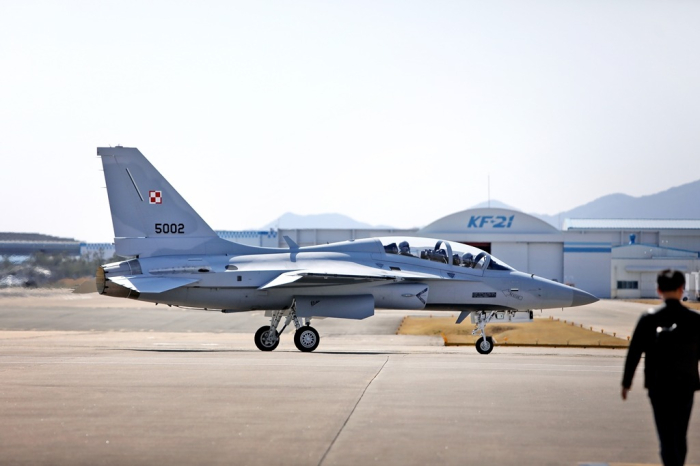
The single-seat FA-50 is expected to improve the aircraft’s ability to carry out missions by enhancing its capabilities for operations such as air-to-air and air-to-ground combats while increasing options for customers and diversifying business opportunities, KAI said.
It targets a market share of more than 50% in the global single-seat fighter jet market by selling more than 300 units in the industry of some 450 units.
Separately, its board of directors approved a plan to issue 400 billion won in corporate bonds to repay maturing debts and secure stable liquidity.
Write to Hyung-Kyu Kim at khk@hankyung.com
Jongwoo Cheon edited this article.
More To Read
-
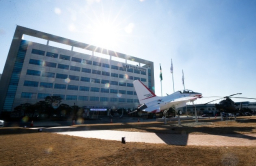 Aerospace & DefenseKAI posts record 2023 revenue, driven by combat aircrafts sales
Aerospace & DefenseKAI posts record 2023 revenue, driven by combat aircrafts salesFeb 02, 2024 (Gmt+09:00)
-
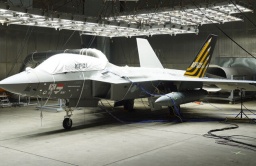 Aerospace & DefenseS.Korea to mass-produce homegrown fighter jet in 2024
Aerospace & DefenseS.Korea to mass-produce homegrown fighter jet in 2024Jan 10, 2024 (Gmt+09:00)
-
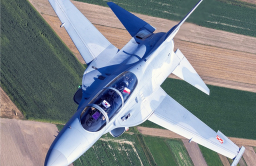 Aerospace & DefenseKAI completes 1st batch of fighter jet exports to Poland
Aerospace & DefenseKAI completes 1st batch of fighter jet exports to PolandJan 02, 2024 (Gmt+09:00)
-
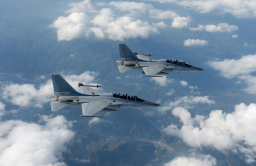 Aerospace & DefenseKAI secures deal to export 18 FA-50 light fighters to Malaysia
Aerospace & DefenseKAI secures deal to export 18 FA-50 light fighters to MalaysiaMay 23, 2023 (Gmt+09:00)
-
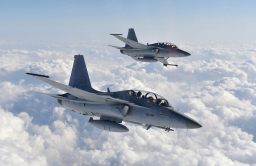 Aerospace & DefenseKAI signs $3 bn fighter jet export contract with Poland
Aerospace & DefenseKAI signs $3 bn fighter jet export contract with PolandSep 19, 2022 (Gmt+09:00)


